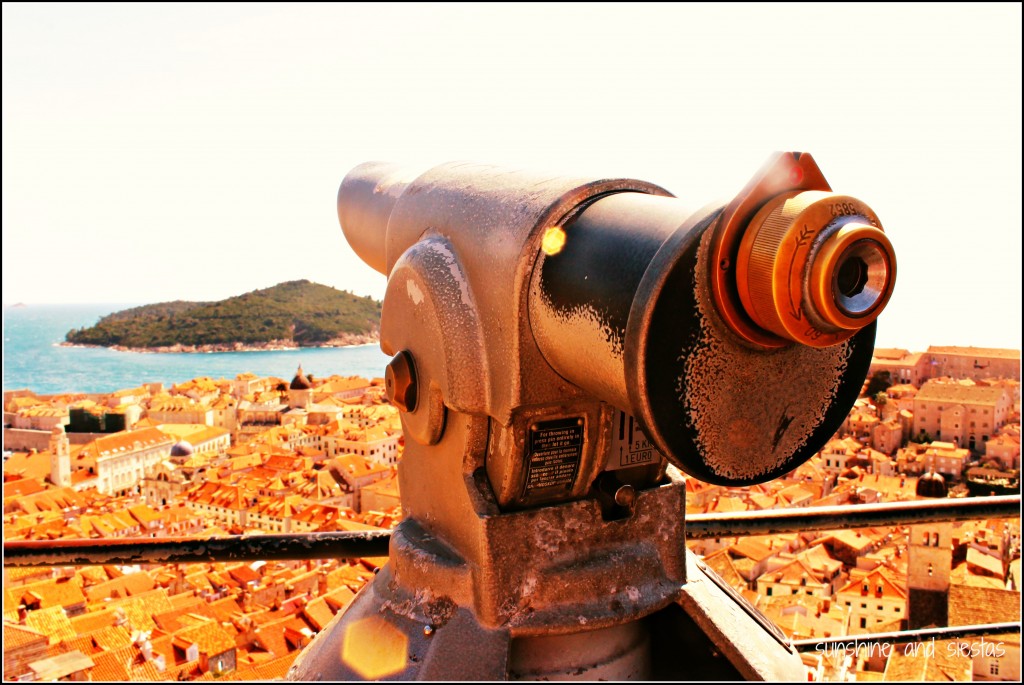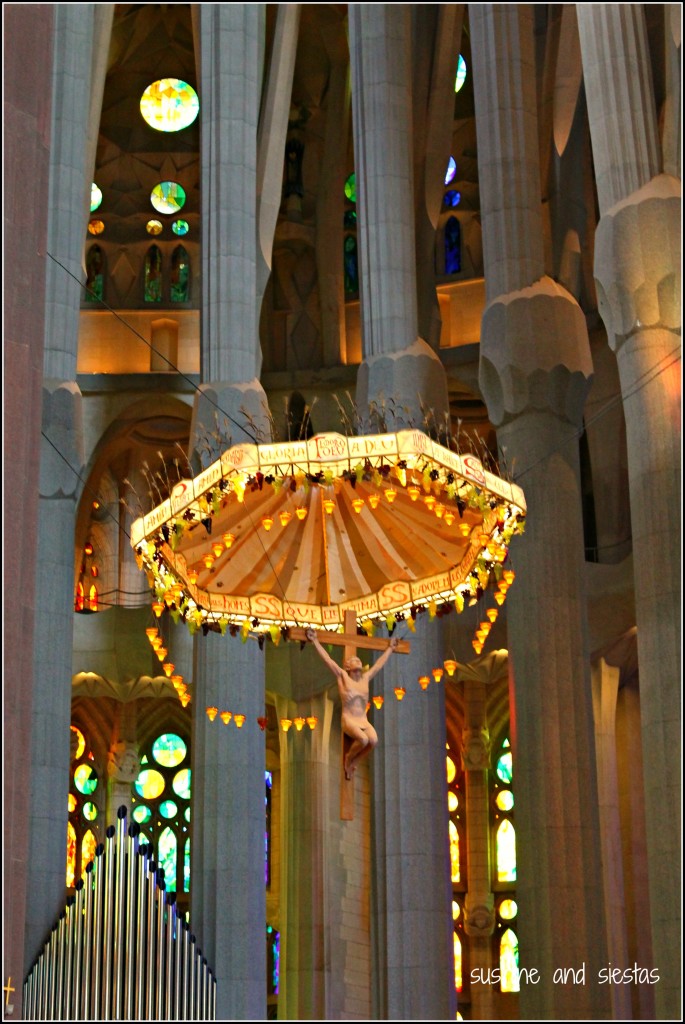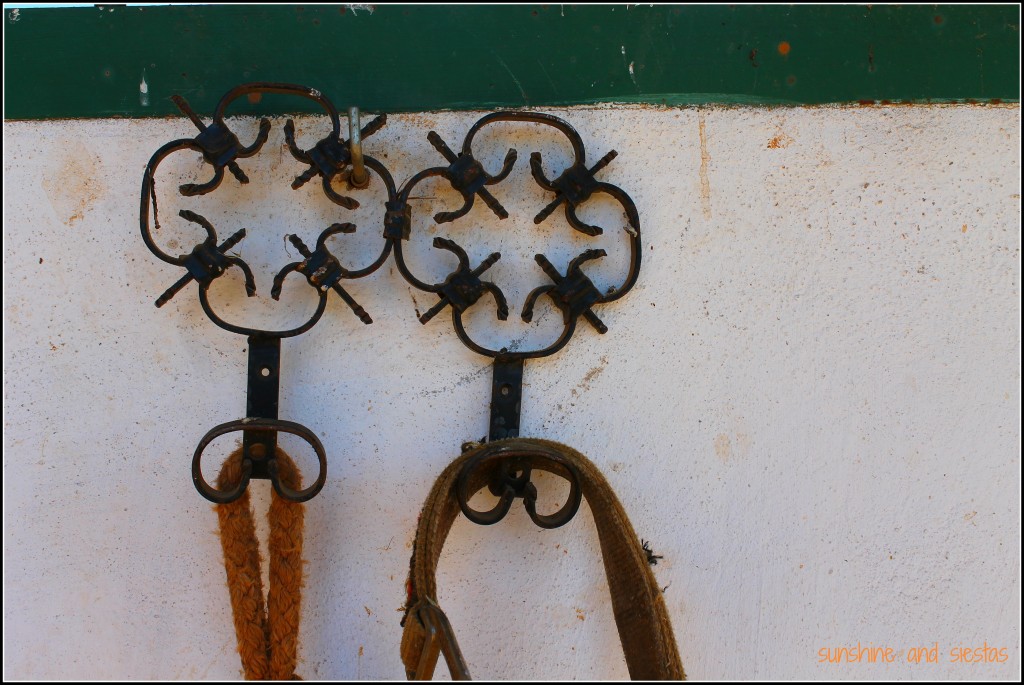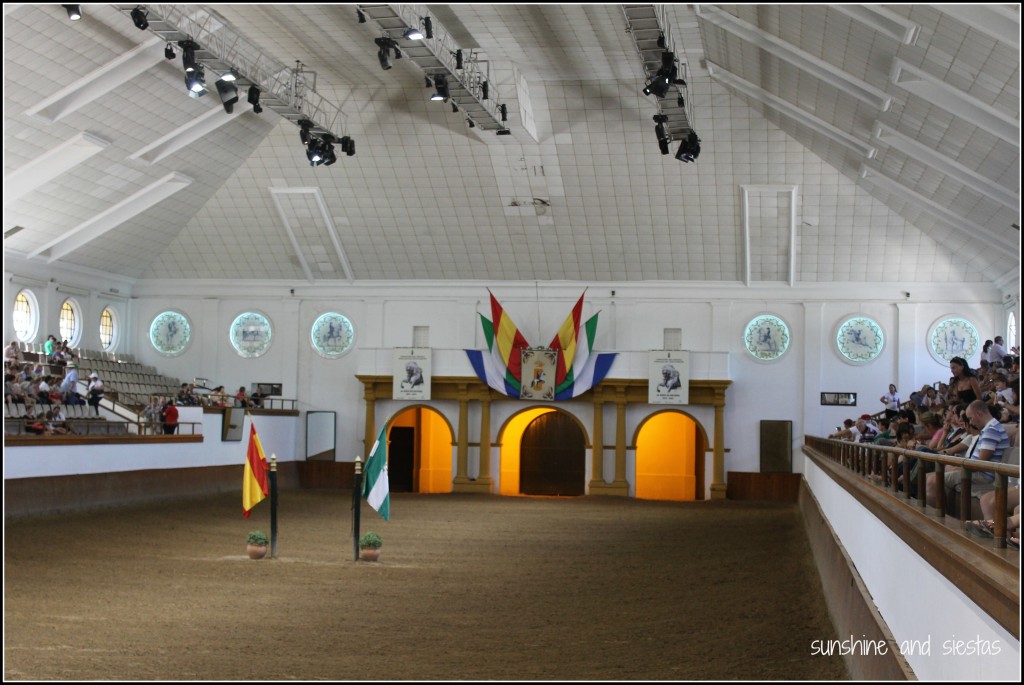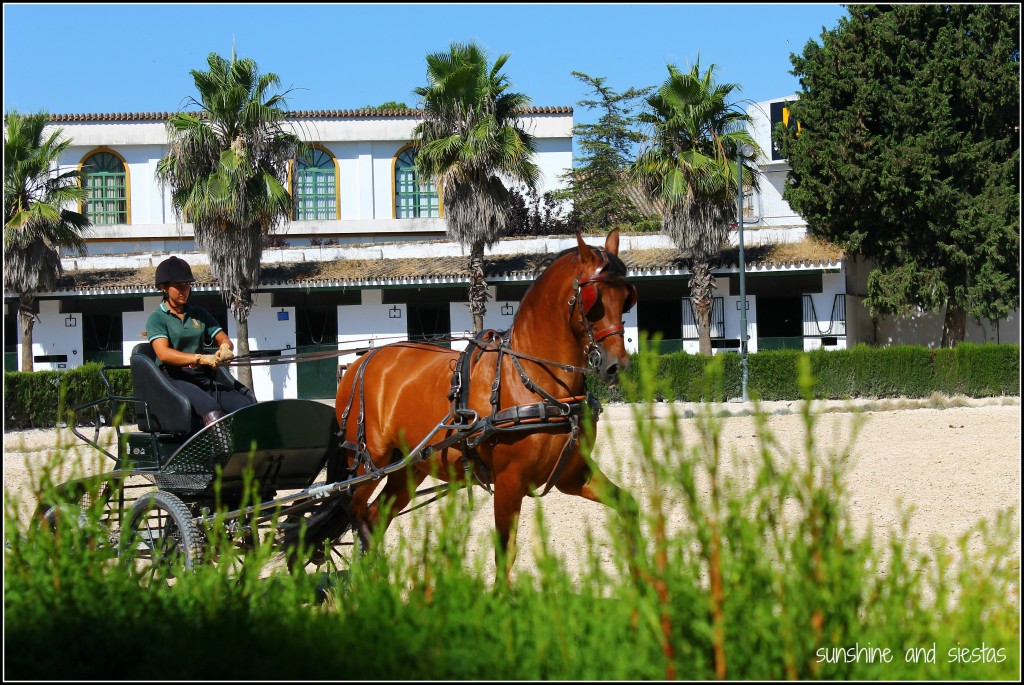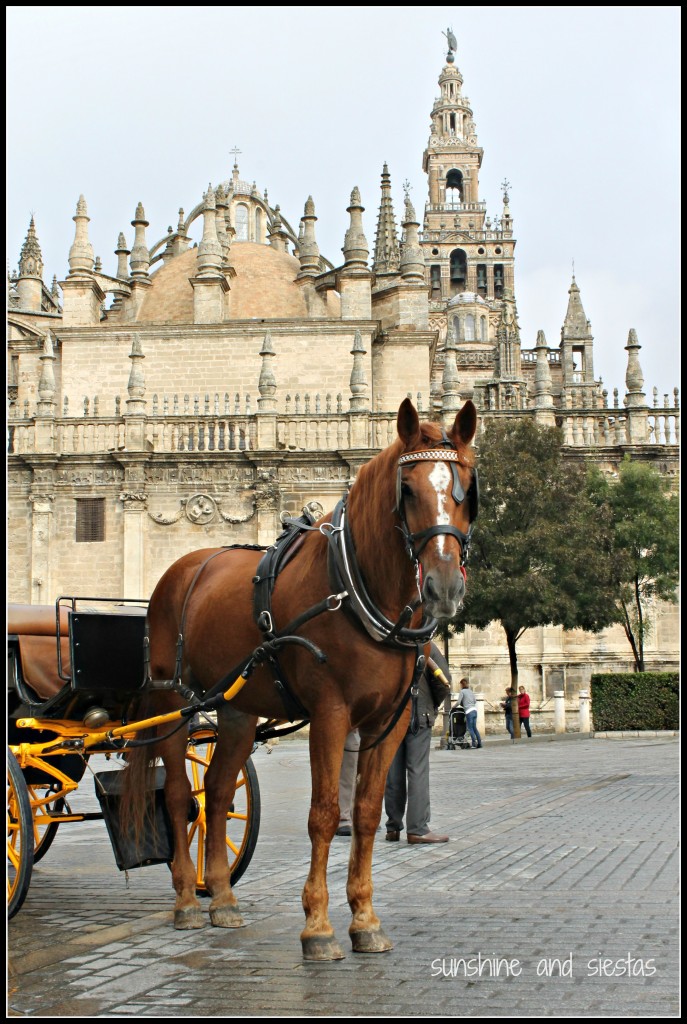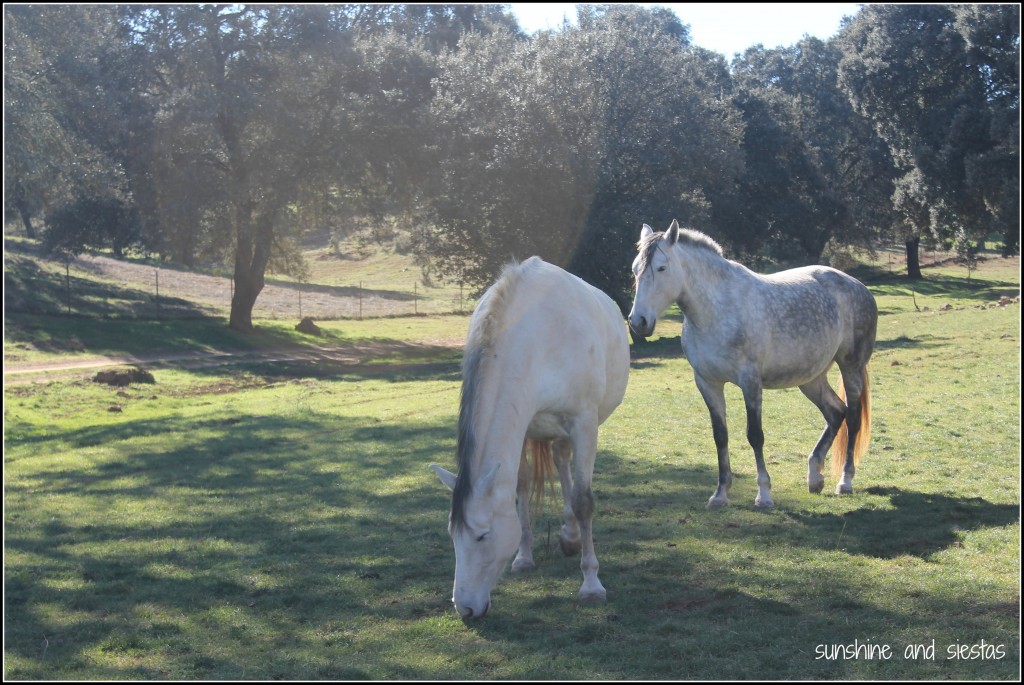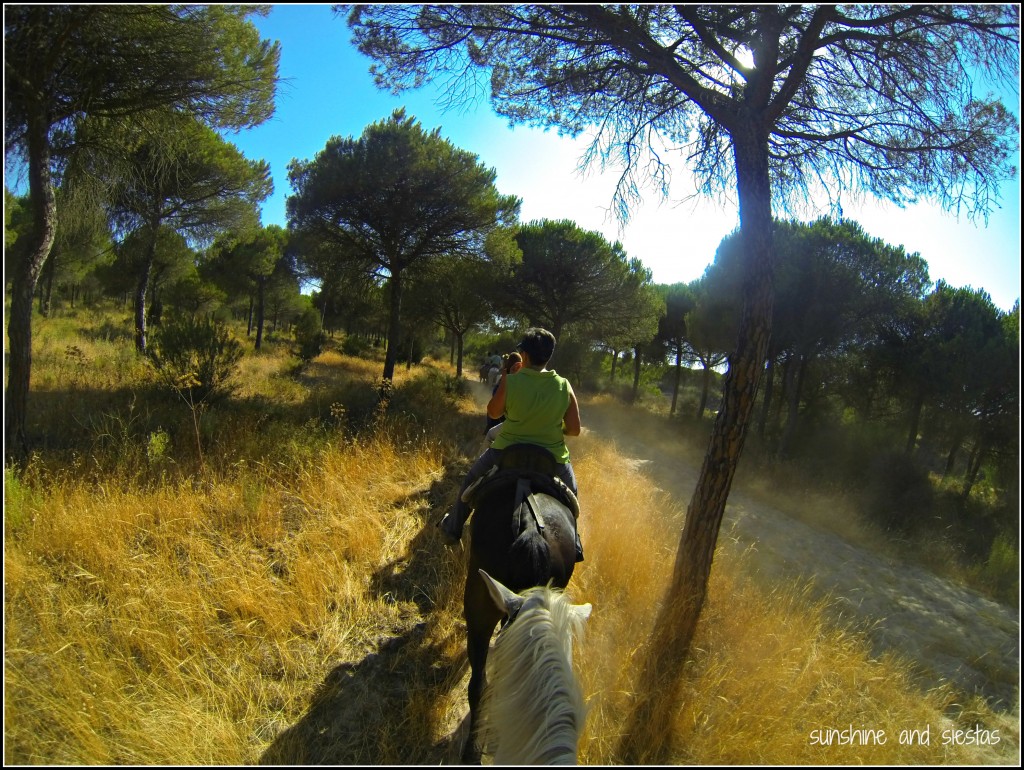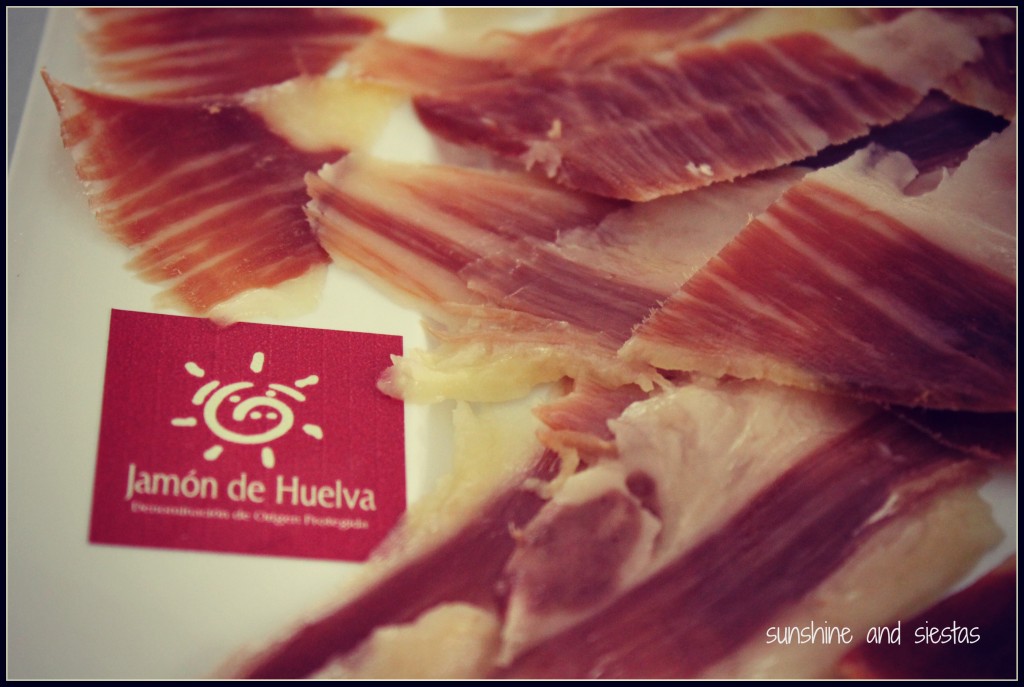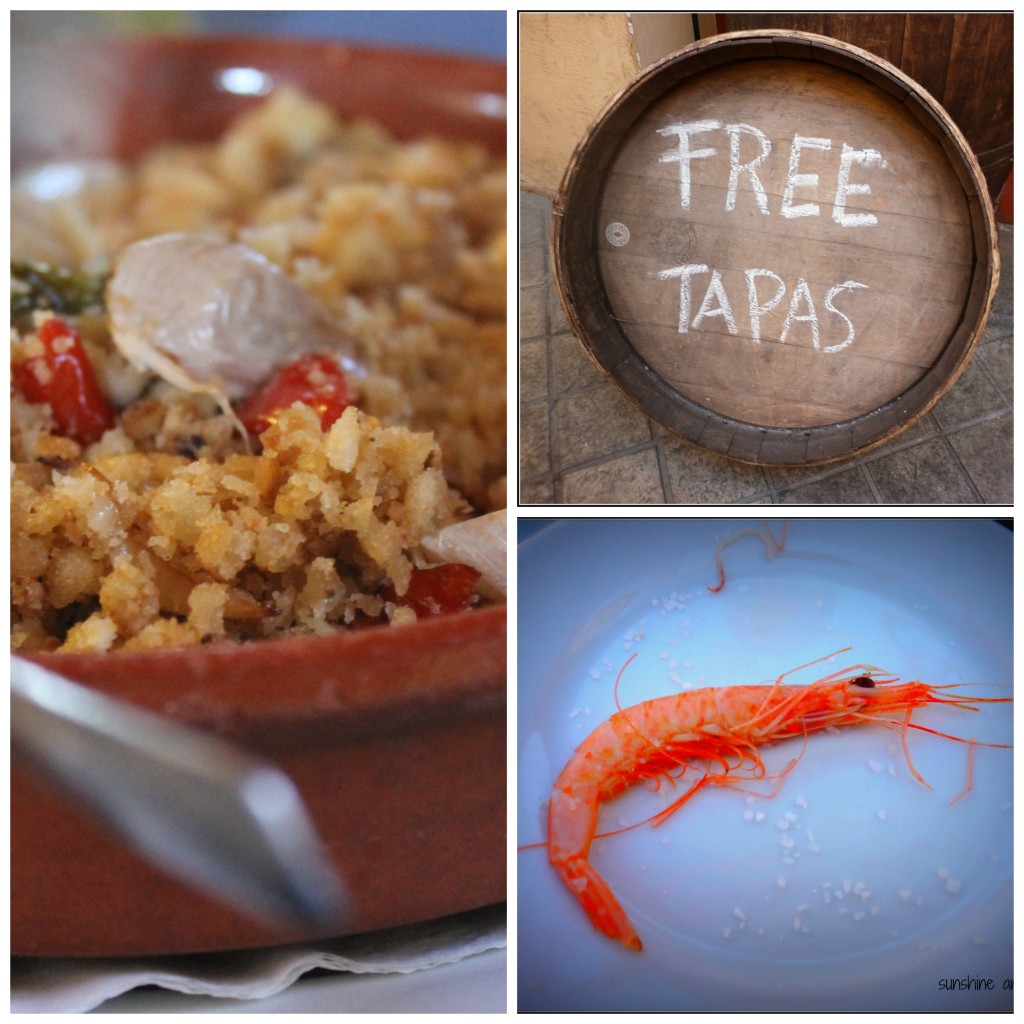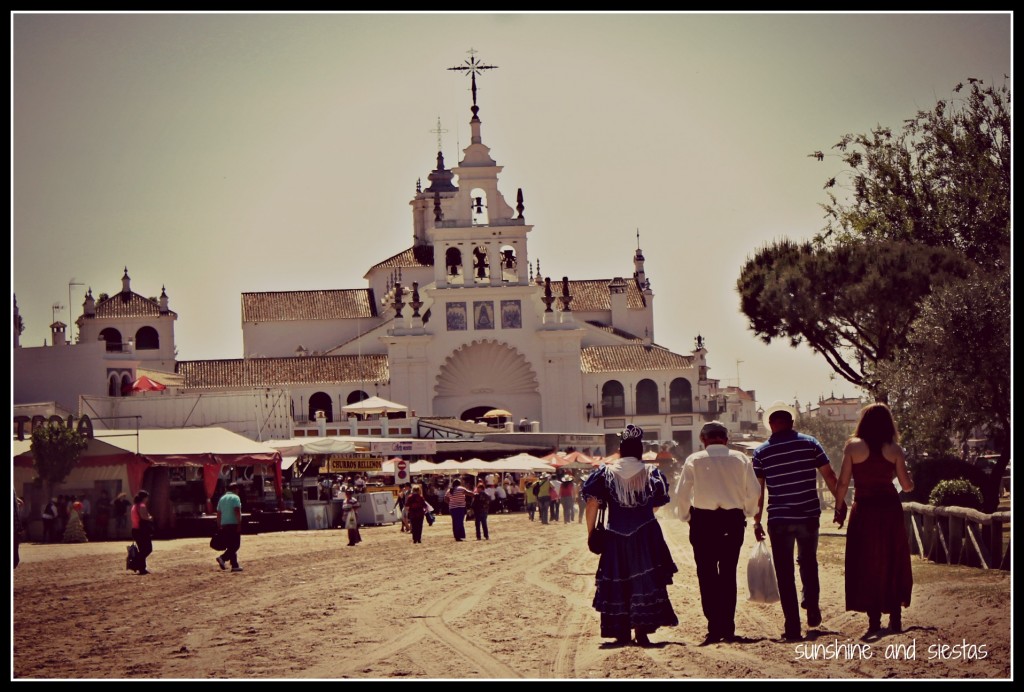When I left work on Halloween night, belly full of candy corn and about ready to crash from the sugar, I was shocked to see zombies walking the streets in Nervión. Now, I love Halloween and cemeteries and ghost stories, but Halloween has never been a thing in Spain.
Six years ago, I suggested a Halloween party at the high school I worked at as an auxiliar de conversación. Everyone came dressed as something scary but me. I must have repeated how to carve a pumpkin 31 times during my classes.
Afterwards, I was exhsuated and had to calm down by drinking in Ireland for the weekend.
In these six years, Halloween has taken over costume shops and restaurants, schools and bars. In fact, the only people who carved pumpkins at our annual Halloween bash were two little Spanish kids, one dressed as a tiger, and the other ones as a dinosaur.
The new Taste of America store meant we had actual American goodies this year – candy corn, funfetti cupcakes wrapped in Halloween wax paper, napkins with Frankenstein on them. I was once again reminded of how odd it feels to be so American in Seville, and so sevillana in America. It’s always at this time of year that my homesickness creeps in.
On Halloween, I had to put my game face on for work (meaning a plastic cup covered in pink paper). Many of the little kids dressed up, and we made ghosts out of lollipops and spiders out of construction paper. Afterwards, a quiet drink with a friend – a far cry from my first Saiman in Spain.
How did you celebrate Halloween?



